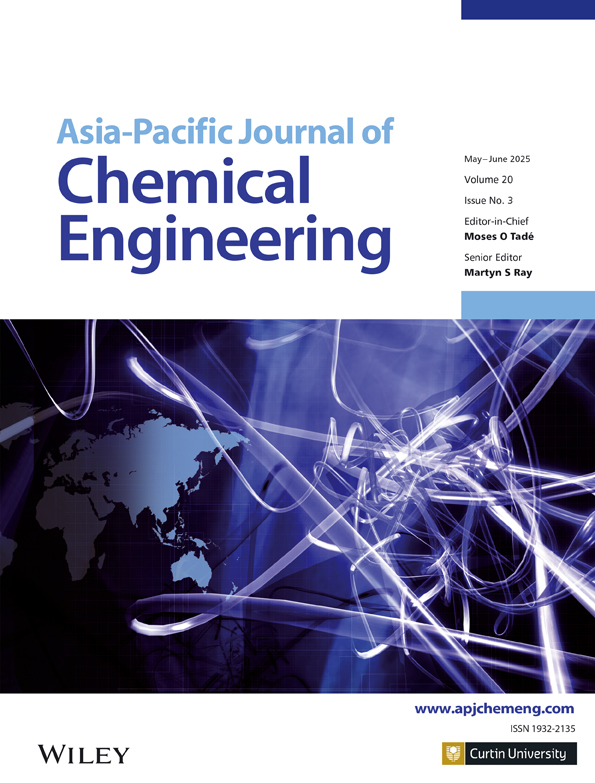Research on the Thermal Reaction Mechanism of Iron/Calcium-Based Oxygen Carriers With Graphite and Coal Char
Funding: This work was supported by the National Natural Science Foundation of China (52276124).
ABSTRACT
In order to clarify the thermal reaction mechanism between iron/calcium (Fe2O3/CaO)-based oxygen carriers and coal char, the gas escape from the reaction process was resolved by TG-MS coupling, and the equivalent characteristic spectrum analysis (ECSA) method was used to determine the specific reactions occurring. Under Ar atmosphere, Fe2O3 starts to be reduced by graphite at 560°C, producing CO2, and at 1040°C, CO is produced from the reaction between graphite and CO2. When CaO is added to Fe2O3, CaO absorbs the CO2 produced, affecting the path of the reaction. The reaction to produce CO2 also occurs first in the two iron/calcium-based oxygen carrier conditions of sintered and pelletized ore, and CO production also occurs at high temperatures. In the case of air atmosphere combustion, only O2 is consumed, and CO2 is produced, no CO is formed. Graphite combustion consumes oxygen at a maximum value of 0.0393 mmol/min, and the addition of sintered ore reduces the maximum value of oxygen consumption to 0.0294 mmol/min, a decrease of about 25%, reflecting the oxygen buffering effect of oxygen carriers. Because the reaction of the coal char condition was concentrated at 300°C–700°C, this temperature interval, the addition of pelletized ore to coal char reduced the area of O2 consumption from 3.36 to 3.01, indicating that the oxygen carrier provided additional oxygen in the reaction and reduced the oxygen consumption. The addition of iron/calcium oxygen carriers also reduces the reaction activation energy and makes the thermal reaction easier.
Conflicts of Interest
The authors declare no conflicts of interest.
Open Research
Data Availability Statement
The data that support the findings of this study are available from the corresponding author upon reasonable request.




